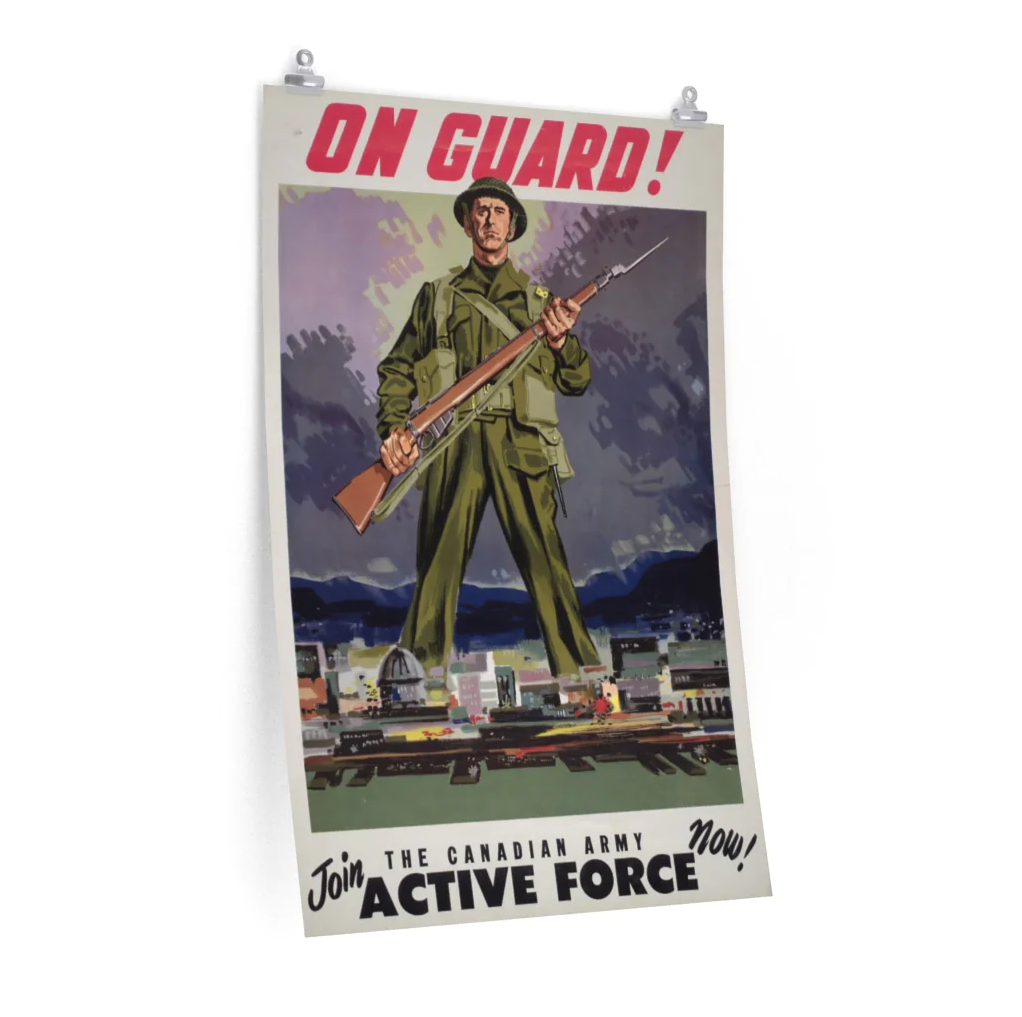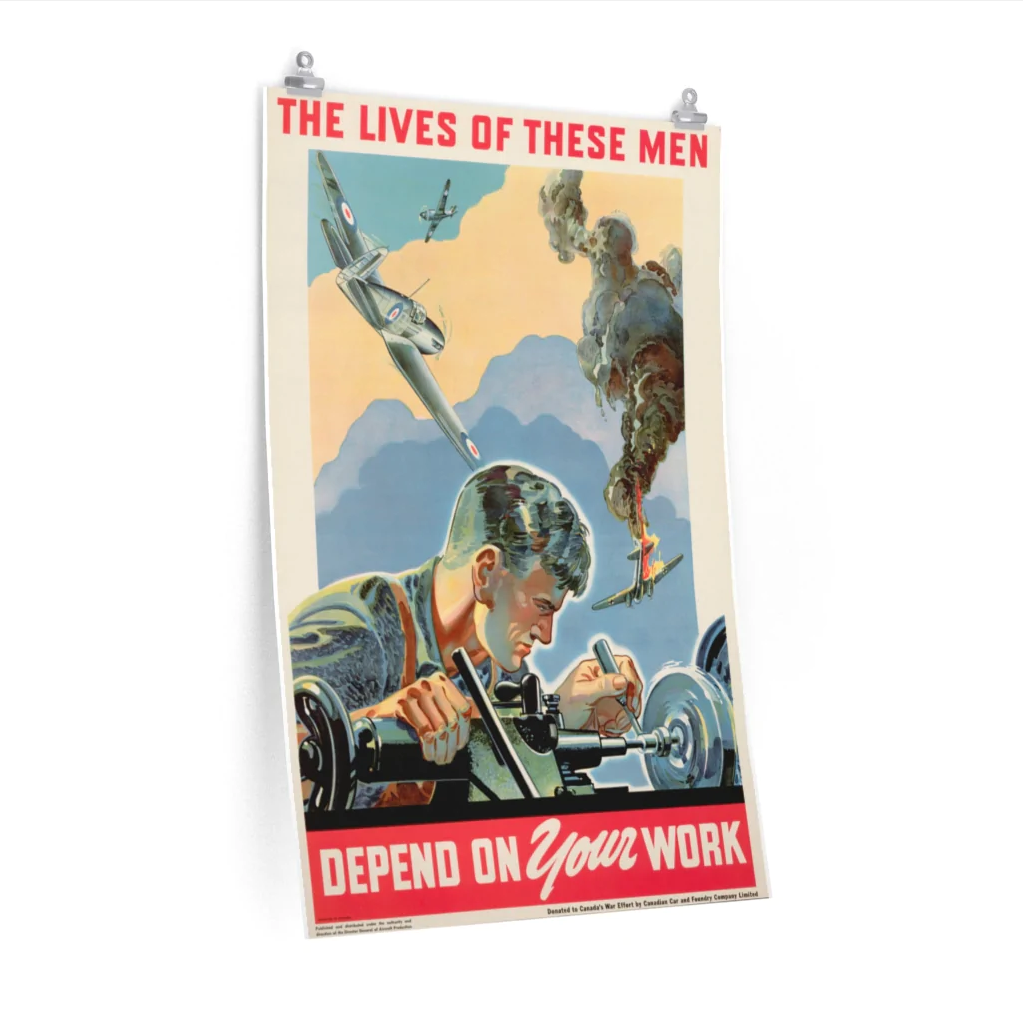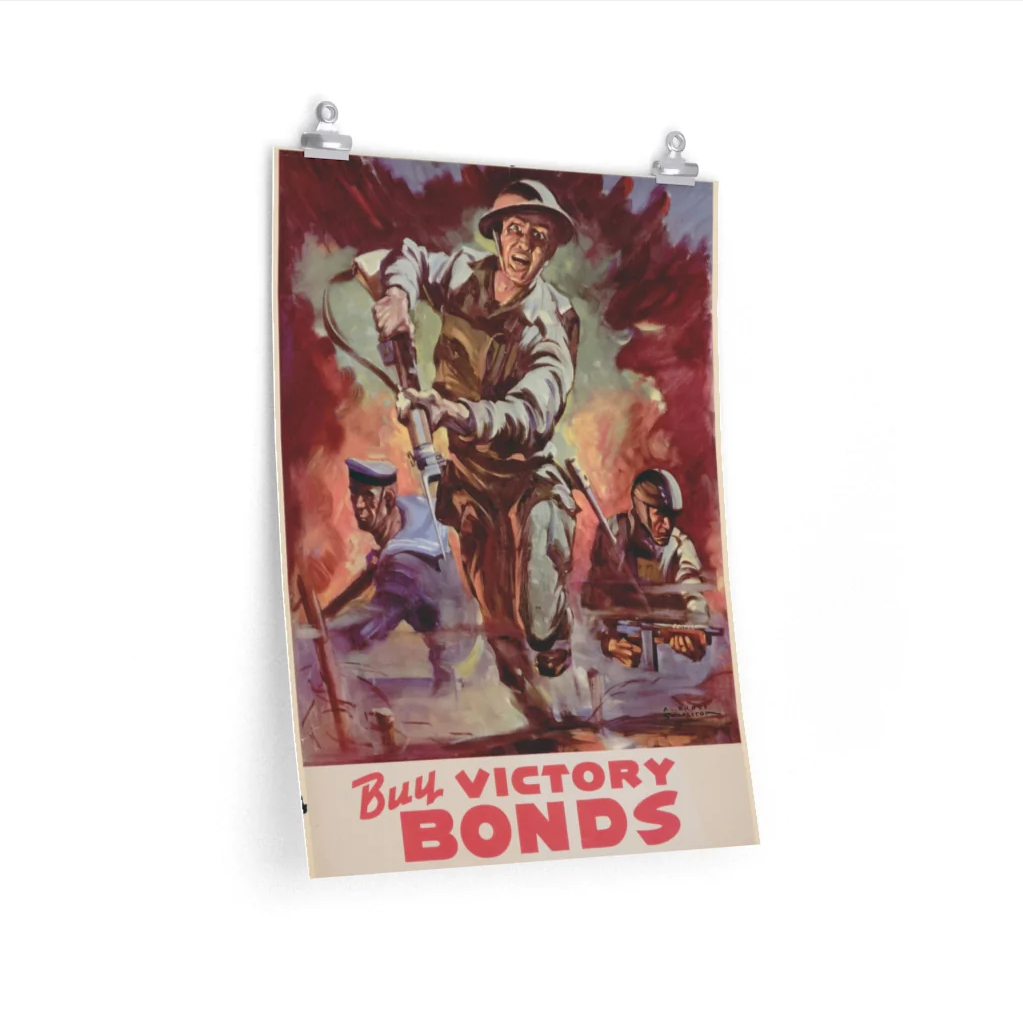Building the Alaska Highway
The 2,400-kilometer long Alaska Highway was built to connect Dawson Creek with Fairbanks during the Second World War. The Highway was created because of the Japanese attack on Pearl Harbor and the perceived threat that Japanese forces posed to Alaska. American authorities wanted to link the then American territory to the contiguous United States, in case the sea route to Alaska was cut off by the Japanese.
The Canadian government accepted the American request that such a highway be built through Canada. The highway would follow the path already established by the Canadian built Northwest Staging Route, a series of airfields connecting the Northwest portion of Canada together.
Construction on the Alaska Highway began on the 11th of March 1942. It was an American led project with the United States Army taking the lead on the actual building of the highway. The construction of the road was completed in two stages. A preliminary road was made through forests, over mountains, and across rivers. Conditions were difficult and bulldozers were used to clear the path through the forests and grade the ground. This version of the road was made up of compacted earth and corduroy roads, a system where logs were placed along a roadway to allow vehicles to drive over swampy ground. This portion of the highway took eight months to complete. It ran 2333 km from Dawson Creek, British Columbia to Big Delta, Alaska. On the 20th of November 1942, the official highway dedication ceremony took place at Soldier’s Summit overlooking Kluane Lake, Yukon. The first trucks arrived in Fairbanks the next day.
In 1943, the Alaska Highway became a permanent, all-weather, gravel-surfaced road. 133 bridges, and several thousand culverts were constructed for the highway. Over 11,000 American soldiers, including African Americans in segregated units, and some 16,000 Canadian and American civilians worked on the highway. The United States government invested US $147.8 million in the project. Canada paid the US $108 million to cover the cost of the airfields and flight strips, buildings, telephone systems, and all other assets to connected to the highway, but not construction of the highway itself.
On the 3rd of April 1946, the Canadian government took over the 1,954-kilometer portion of the road that ran from Dawson Creek to the Alaska-Yukon border. The highway was opened to unrestricted civilian travel in 1947. Work to improve the highway continued after the war. The road was regraded and widened. It was turned over to the federal department of public works in 1964. The highway is still in use to this day.
Lend lease aircraft to the Soviet Union
The Northwest Staging Route was a series of airfields in Canada that connected Great Falls, Montana to Fairbanks, Alaska. It was used extensively during the Second World War to move supplies and aircraft to northwestern Canada, Alaska, and the Soviet Union.
The process of creating the Northwest Staging Route began before the outbreak of the Second World War. The Canadian government initiated the project to connect the isolated communities of northwest Canada by air. The route also allowed American and Canadian aircraft to avoid the poorer weather on the west coast of North America, be free from potential enemy attacks, and allowed better air links between the isolated locations of the continent to the more populated centres.
Survey work on possible airfield locations was underway when the Second World War broke out in September 1939. Construction on the route’s airfields began in 1940. By September 1941, the route was opened to aircraft flying during daylight hours. All-weather flying began in December 1941 following the installation of radio navigation aids.
The main airfields were built at Grande Prairie, Alberta, Fort St. John and Fort Nelson in British Columbia, and Watson Lake and Whitehorse in Yukon. Along the route several emergency landing fields were also created for aircraft in case of emergency or bad weather.
The entrance of the United States into the Second World War in December 1941 led to improvements in the facilities and additional airfields of the Northwest Staging Route. Beginning in 1942 the principal airfields were enlarged, navigation aids were improved, and hangars, workshops, refuelling systems and airport lighting were added. Living accommodations were expanded and power and water services were increased. American financial assistance and manpower played a vital role in completing the Northwest Staging Route.
The Northwest Staging Route was critical in delivering American made Lend-Lease aircraft to the Soviet Union. Of the approximately 14,000 aircraft delivered by the United States to the Soviet Union, nearly 8,000 were delivered via this route. In 1942 only 198 aircraft were flown to Fairbanks and on to Siberia. This increased to 2,662 in 1943 and a further 3,164 in 1944.
The Northwest Staging Route cost nearly 75 million in Canadian dollars to build. The United States had contributed to it financially, but these costs were reimbursed to the Americans once the Canadian government took over control of the entire route. Fears of postwar sovereignty issues influenced the Canadian government’s decision to take control of the route. Several of the airfields were used in the postwar years by the Royal Canadian Air Force, with a few still currently in operation. Others were developed into civilian airports still in use.
Support the project:
How can you support the project:
Buy a poster today!
We sell many authentic posters from the Second World War.These are high resolution scans of original posters that you can only find in the archives.
Each poster is printed on high quality paper ready for mounting in a frame for your office or living room.
The best part of buying a poster? 100% of proceeds are directed back to the project allowing us to continue to map out the Second World War.




Other ways to support the project:
Donate
You can help us tell the story of Canadian soldiers by donating today!
Our team is dedicated to keeping the story of Canada in the Second World War at the forefront using interactive technology that makes history open and accessible.
With your donation you help us to keep mapping and digitizing war diaries so we can continue to tell the story of those who served and those who fell.
Join Patreon
Do you want to become part of the team? Consider joining Patreon!
As a member of Patreon you can influence our project, what we are working on, and can even direct message our team. As a Patreon you can even get discounts to our entire store!
With your membership you can show your commitment to the project by helping us every month. And the best part is, every Patreon dollar goes directly to the web map!














